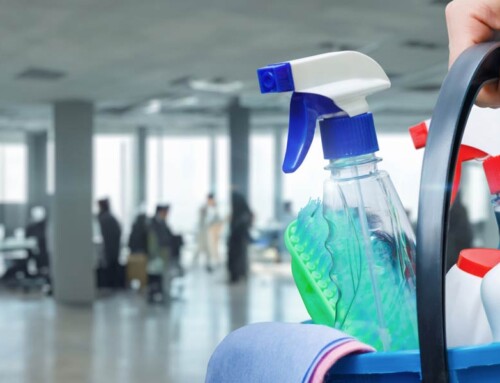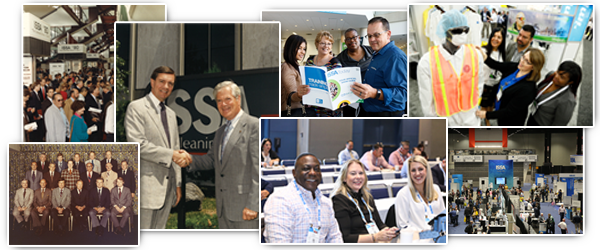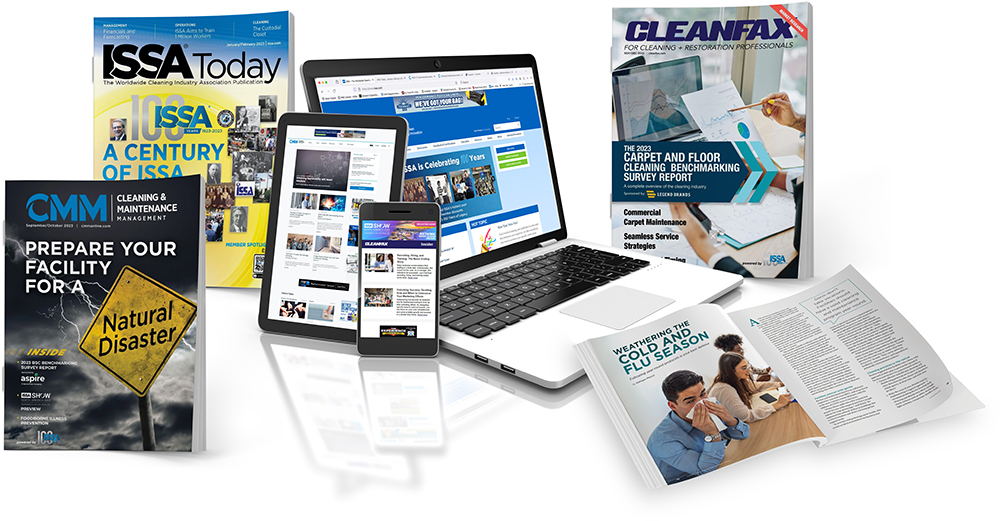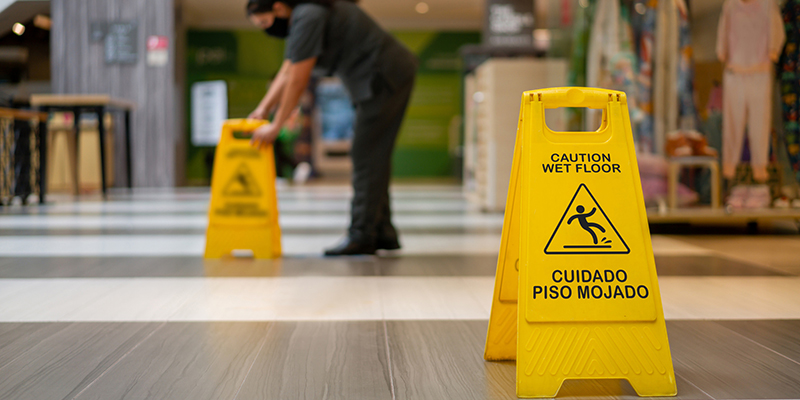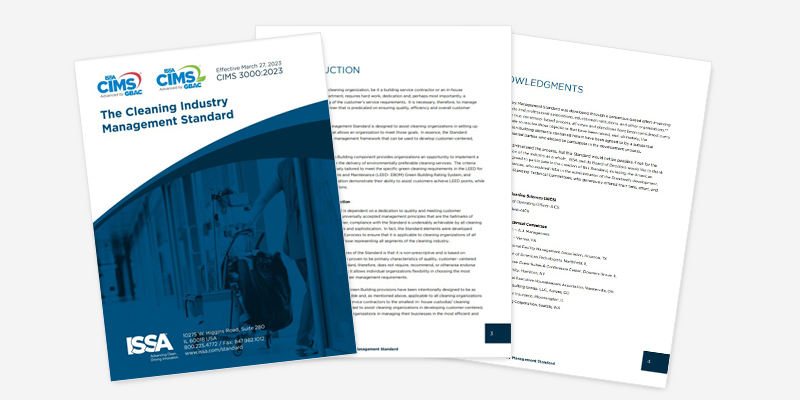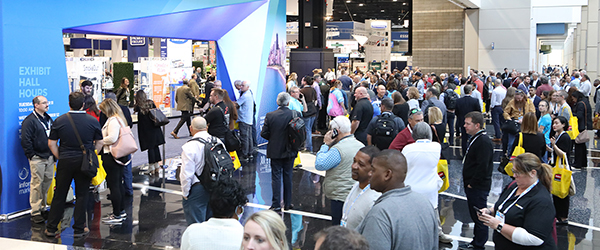Cleaning Validation Training: Build Skills & Ensure Clean Environments
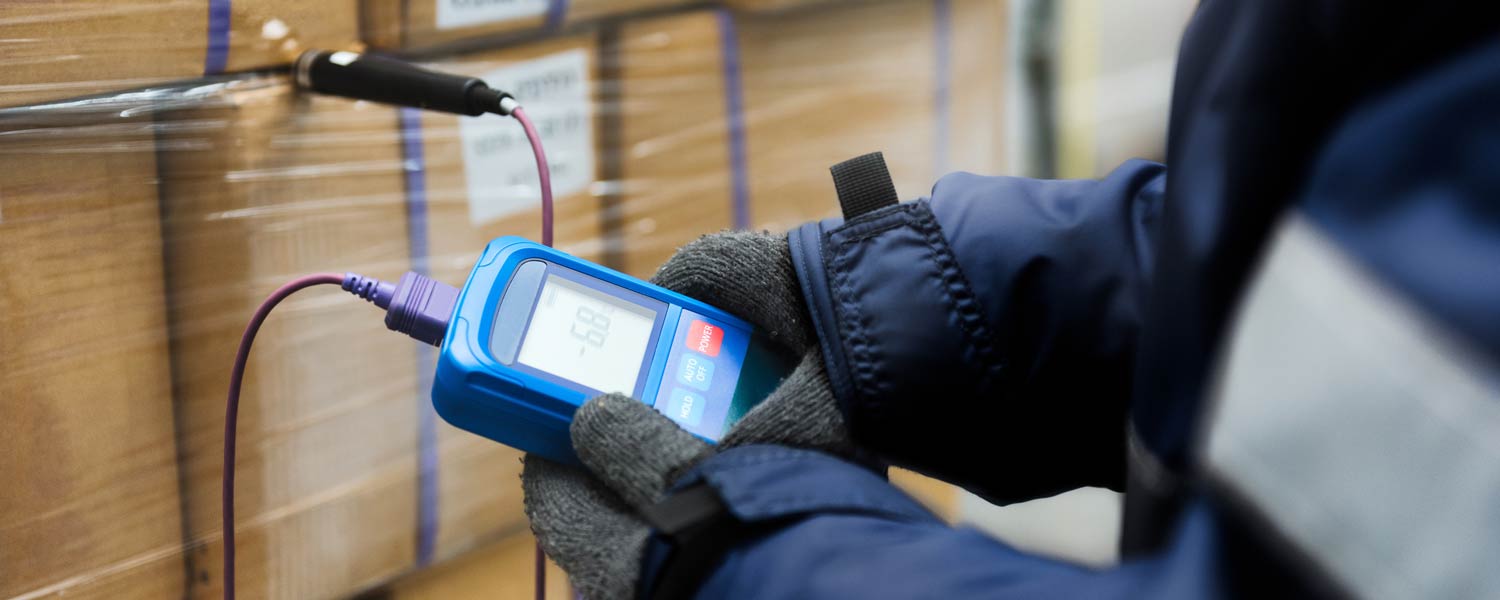
In today’s health-conscious world, cleaning validation training is more than a best practice—it’s a necessity. From hospitals and schools to commercial offices and manufacturing plants, every type of facility faces rising expectations for cleanliness, safety, and transparency. Yet, simply cleaning a space is not enough; organizations must prove that their cleaning efforts are effective. That’s where cleaning validation training comes in.
What Is Cleaning Validation Training?
Cleaning validation training equips facility managers, custodians, and environmental services professionals with the knowledge and tools to verify and document cleaning performance. This means more than following a checklist—it’s about using measurable methods and data to confirm that cleaning protocols are reducing health risks and meeting standards.
Training often includes:
- Science-based cleaning protocols
- Use of validation tools like ATP meters and fluorescent markers
- Step-by-step documentation practices
- Interpreting test results and making improvements
Ultimately, it’s a process that bridges the gap between perception and proof—ensuring your facility is not only clean, but validated clean.
The Benefits of Cleaning Validation Training: Unlocking Value for Your Facility
Cleaning validation training is a critical investment for organizations dedicated to operational excellence, health, and safety. Whether you manage a large facility, oversee cleaning teams, or are directly involved in day-to-day operations, proper training can transform your approach, leading to measurable improvements in efficiency, safety, and stakeholder confidence. If you’re looking to boost your facility’s performance and reputation, understanding the value of cleaning validation training is essential.
Why Cleaning Validation Training Matters
- Build Operational Excellence
Implementing cleaning validation training introduces your team to proven, standardized protocols. This minimizes guesswork, ensures consistency, and raises the bar for cleaning outcomes. Well-trained staff can execute procedures efficiently and correctly every time, which directly impacts the overall quality of your facility’s environment.
- Improve Health & Safety Metrics
Proper validation is crucial for tracking key performance indicators related to hygiene. By monitoring and validating cleaning processes, you reduce the risk of illness outbreaks and absenteeism, creating a safer and healthier environment for everyone. This is particularly important in high-traffic or sensitive areas such as healthcare, education, and commercial facilities. For more on the significance of cleaning validation in healthcare, see the CDC’s environmental cleaning guidelines.
- Empower Teams with Confidence
When employees understand not just what to do, but how and why it matters, their engagement and confidence soar. Cleaning validation training equips teams with the knowledge and skills they need to take pride in their work, resulting in higher morale and visible improvements in cleaning standards.
- Provide Evidence to Stakeholders
Today’s facility managers are accountable to a range of stakeholders, including leadership, tenants, and auditors. Cleaning validation training provides objective, documented proof of performance. This transparency builds trust and demonstrates your commitment to high standards.
- Reduce Waste and Cost
Validated cleaning processes help identify areas of over-cleaning or inefficiency. By fine-tuning your approach, you can achieve better results at a lower cost, reducing waste of time, labor, and cleaning materials. This not only benefits your bottom line but also supports sustainability goals. For further reading on sustainable cleaning practices, visit Green Seal.
What’s Included in Cleaning Validation Training?
High-quality cleaning validation training is comprehensive, covering both theoretical knowledge and practical skills. While each course may vary, the following core components are essential:
ATP Testing and Surface Monitoring
Adenosine triphosphate (ATP) testing is a cornerstone of modern cleaning validation. ATP is a marker of organic material, and surface testing provides a rapid, objective measure of cleanliness. By incorporating ATP testing, your team can quickly identify problem areas and verify the effectiveness of cleaning protocols.
Visual Inspection and Documentation
Visual inspection remains a vital part of the validation process. Training emphasizes the importance of systematic inspections and thorough documentation. This ensures that cleaning outcomes are consistently evaluated and recorded, providing a reliable audit trail and supporting continuous improvement.
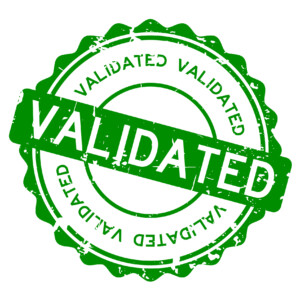
How Cleaning Validation Training Drives Value
Enhanced Efficiency and Productivity
Standardized training streamlines cleaning processes, reducing time spent on redundant or ineffective tasks. Teams work smarter, not harder, which leads to increased productivity and allows staff to focus on high-priority areas.
Improved Health Outcomes
By validating and refining cleaning protocols, organizations can significantly reduce the spread of illness-causing pathogens. This not only protects building occupants but also reduces absenteeism and related costs, supporting a healthier, more resilient workforce.
Stronger Stakeholder Relationships
Objective validation data provides peace of mind for stakeholders, from building owners to regulatory agencies. Demonstrating compliance and high standards builds trust and can be a key differentiator in competitive markets.
Cost Savings and Sustainability
Identifying and eliminating wasteful practices leads to direct cost savings. Moreover, efficient use of cleaning products and resources supports environmental sustainability, aligning your facility with modern best practices and stakeholder expectations.
Why Choose ISSA for Cleaning Validation Training?
As the worldwide cleaning industry association, ISSA is dedicated to advancing the value and professionalism of the cleaning industry. When you choose ISSA’s cleaning validation training, you benefit from:
- Industry-leading expertise and up-to-date best practices
- Comprehensive resources, including ATP testing guidance and documentation tools
- Certification programs that enhance your team’s credibility and skills
- Access to a global network of cleaning professionals and ongoing support
For more information on how ISSA can help your organization achieve operational excellence and demonstrate the true value of clean, visit the ISSA Value of Clean page.
Frequently Asked Questions
What is cleaning validation training?
Cleaning validation training teaches teams how to verify and document the effectiveness of cleaning processes using scientific methods such as ATP testing and visual inspections.
Who should attend cleaning validation training?
Facility managers, cleaning supervisors, frontline staff, and anyone responsible for maintaining hygiene standards will benefit from this training.
How does cleaning validation training improve ROI?
By reducing waste, increasing efficiency, and minimizing health risks, cleaning validation training delivers a measurable return on investment through lower costs and improved outcomes.
How often should cleaning validation be performed?
Regular validation is recommended, especially in high-risk environments or after changes to cleaning protocols. Ongoing training ensures your team stays current with industry standards.
Conclusion
Investing in cleaning validation training is a strategic move that pays dividends in operational excellence, health and safety, cost savings, and stakeholder confidence. By partnering with ISSA, you ensure your team is equipped with the latest tools and knowledge to deliver outstanding results. Discover more about the value of cleaning validation and how to present it to your customers.

